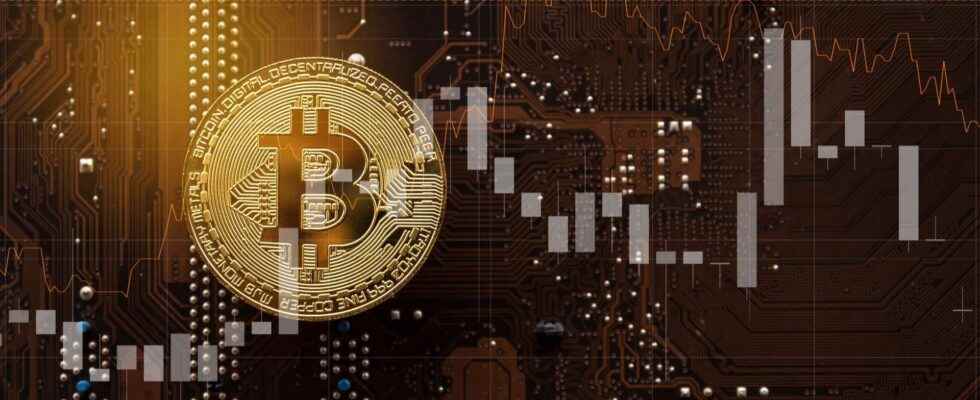“Non fungible tokens” (NFT), which could be translated as “non fungible tokens”, are cryptographic and virtual elements on the blockchain with some codes unique identification and metadata (author, signature, date, type …) that distinguish them from each other. An NFT is unique, as can a work of art. There is only one Mona Lisa or one manuscript of the Fleurs du mal, and that is the blockchain which makes it possible to certify the uniqueness of an NFT, and thus to guarantee its authenticity to its future purchaser.
Unlike cryptocurrencies, such as Bitcoin, an NFT cannot be traded or used for trades. For the simple reason that the uniqueness of an NFT also gives it unique value, unlike a Bitcoin which has the same value as another Bitcoin. An NFT is unique, and it cannot be duplicated. On the other hand, it can be sold, as Jack Dorsey proved this week by putting up for sale his first tweet already worth more than two million dollars. The sale will take place on March 21.
Virtual games drive up prices
Another example of NFT: the NBA Top Shot. A virtual card trading platform where online players trade the shares of basketball stars. Each action is unique. In one month, this platform generated several tens of millions of dollars with a principle reminiscent of Pokémon cards. Each player buys a package virtual cards with unique content. For its part, the game Cryptokitties offers to buy virtual cats, all unique, and each litter of kittens is just as unique with values that explode depending on the parents.
Art is also concerned with illustrations digital but also music, and prices are igniting since each piece is unique and becomes a collector’s item. Recently a person burned a Banksy artwork, but its virtual reproduction, before destruction, is an NFT. In universe digital, NTFs can even represent real estate, whether buildings or land.
Interested in what you just read?
.
fs2
